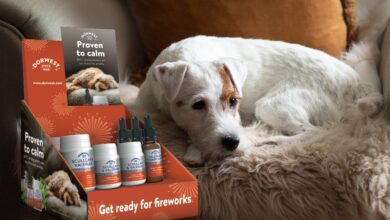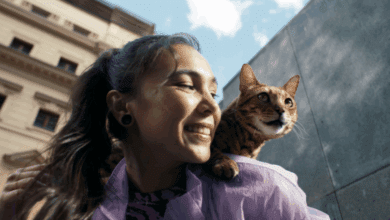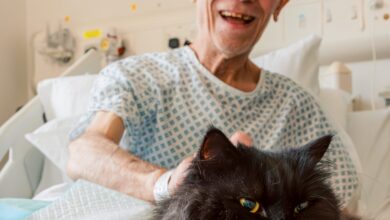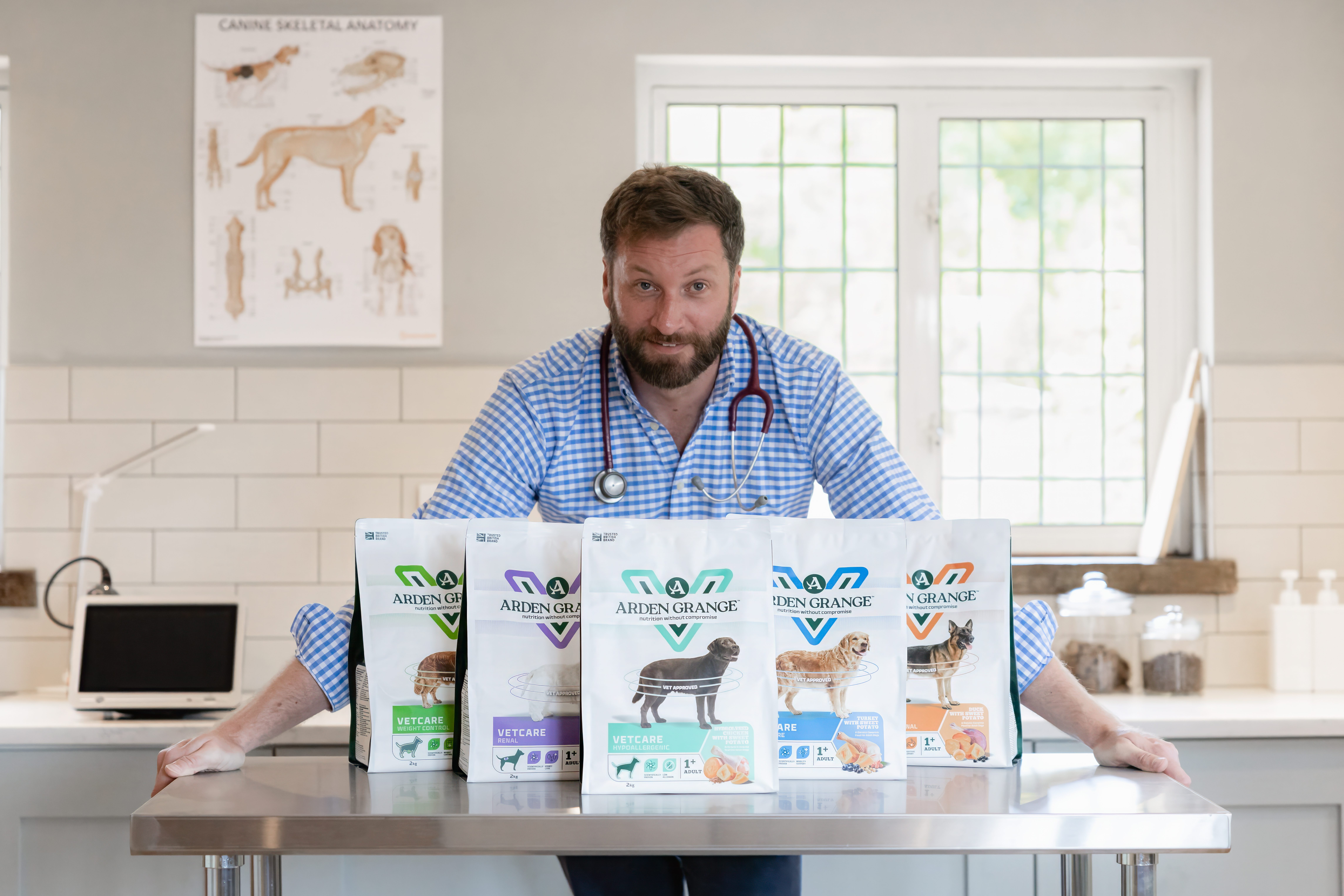PFMA: Nicole Paley discusses multicat households
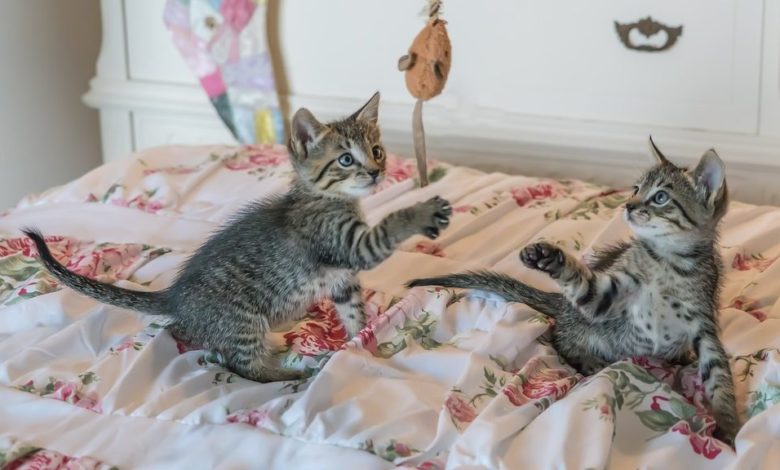
Register to get 1 free article
Reveal the article below by registering for our email newsletter.
Want unlimited access? View Plans
Already have an account? Sign in
As a nation, the British have a real love of cats. The PFMA’s latest research shows there is a total of eight million cats in the UK. Of that total, just over a third of owners have two or more cats. Without doubt, there are many benefits to having two or more cats living together – they can provide each other with exercise, social interaction and mental stimulation, and they have more opportunities just to be cats.
On the other hand, unlike dogs, cats are not natural pack animals and they do not need to be social creatures. They are also sensitive and if their individual needs are not met, they can become stressed. Some of the problems that plague multi-cat households, such as turf battles and litter box issues are well known, but providing balanced nutrition is a challenge, which cannot be overlooked.
To help avoid dinnertime dramas and to ensure good nutrition, PFMA shares some top tips for pet retailers to pass on to owners:
THE GOLDEN RULE IS THE ‘ONE + ONE RULE’
For all feeding and water bowls, litter trays, perches, toys, beds, scratching posts, hiding places etc, it needs to be one per cat plus one extra, placed in different locations. This will help eliminate any stress a cat could feel about having to compete for their daily essentials.
PEACE AND QUIET AT MEALTIMES
Eating is not really a social time for cats and to help promote a more natural environment feeding bowls can be placed around the home so that they can enjoy their meal in their own time and space. They should be in a place without interruptions from other pets, children etc.
CONSIDER SPECIAL DIETARY NEEDS
A good quality general diet may work well for all the cats in a household but owners need to firstly consider any special dietary needs. For instance, if there is a kitten in the household, they will need a growth diet. Whilst a kitten diet can be fed to an adult cat, owners will need to keep a good eye on the cat’s weight, as kitten foods are higher in calories.
THERAPEUTIC DIETS
Many feline medical conditions – obesity, diabetes mellitus and hyperthyroidism for instance can be supported by a therapeutic diet. If one of the cats has been recommended a special diet, owners will need to check with their vet if there are any safety considerations to take into account at feeding time.
In most cases, if a healthy cat takes a bite or two of a therapeutic diet no harm will be done; but the opposite is not always true. For example, the benefits of a diet for hyperthyroidism or food allergy will be negated if the patient regularly gets into even small amounts of their housemate’s food. A way to manage this is for cats to be fed apart with a set period of time to eat their meal and then clearing away any leftovers once the mealtime has finished.
WATCH THE WEIGHT
Keeping a cat at the ideal weight can be a challenge when caring for more than one. Measuring out the correct amount of each cat’s food and placing the individual meals into separate bowls will help. Monitor meals to make sure each cat is getting the right amount. If one of the cats is overweight but lives with a lighter housemate, owners could feed the lighter cat higher up so the heavier cat can’t get at the food.
PROMOTE HEALTHY NIBBLING WHILE HAVING FUN
Mental, and physical, stimulation is so important. Your customers can introduce some extra fun and exercise by putting dry food into exciting foraging toys, or in cardboard tubes, boxes or paper bags. Cats are natural nibblers and will enjoy working for their food this way. Remind owners to take this out of the cat’s daily food allocation.
CATS NEED WATER
Many cats will not touch their water bowls if they’re placed close to their food. Water bowls need to be kept clean and well filled and away from the food – again follow the one plus one rule.
When it comes to catering for cats in a multi cat household there is no set routine that suits all and it’ll depend on the individual circumstances. Keeping an eye on how much they eat is important as a loss of appetite can be a sign that a cat is unwell and remind owners about the importance of regular weight checks – they can do this at home using scales and the PFMA Pet Size-O-Meter. Download a copy at www.pfma.org.uk/pet-size-o-meter.


